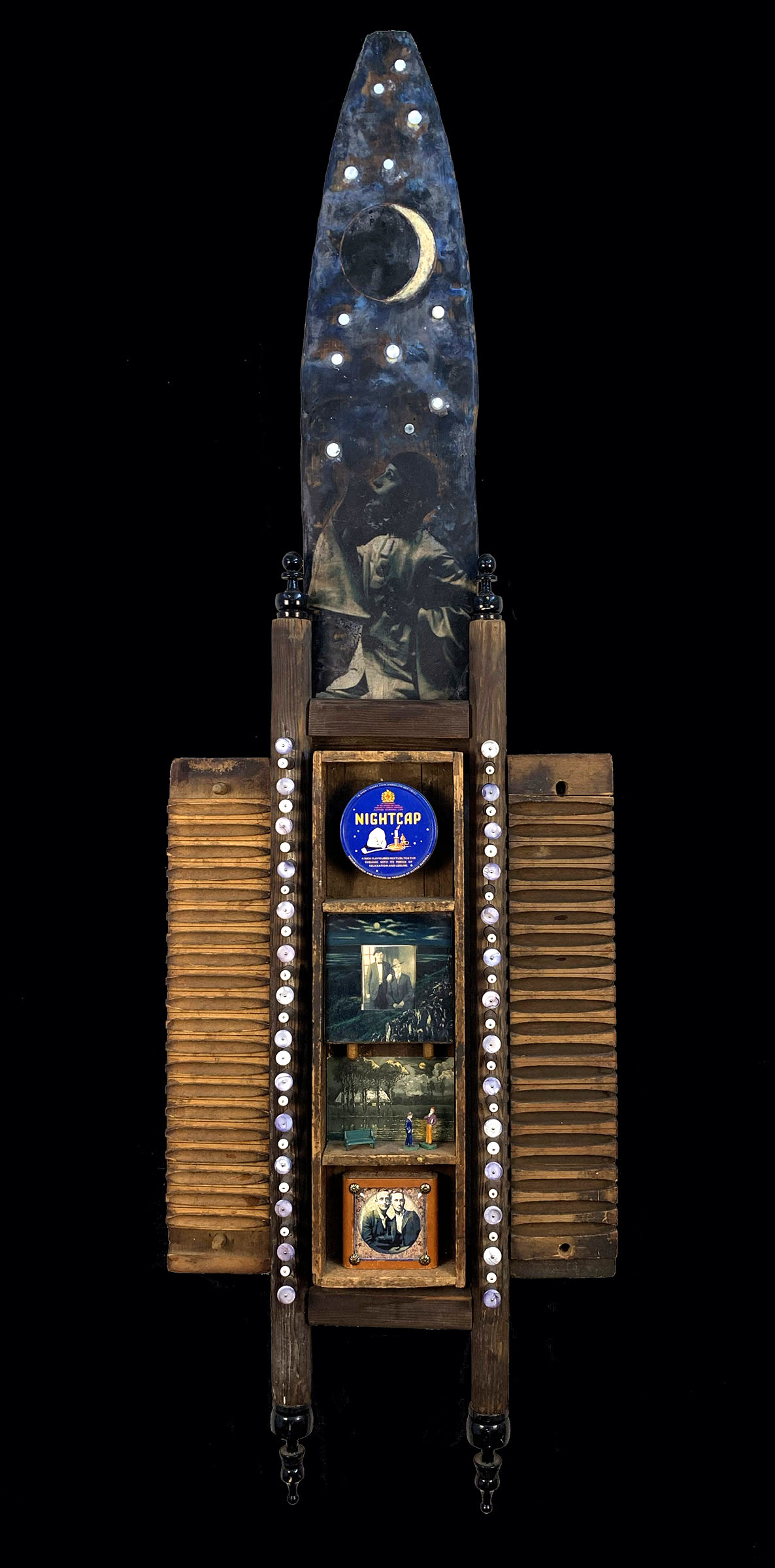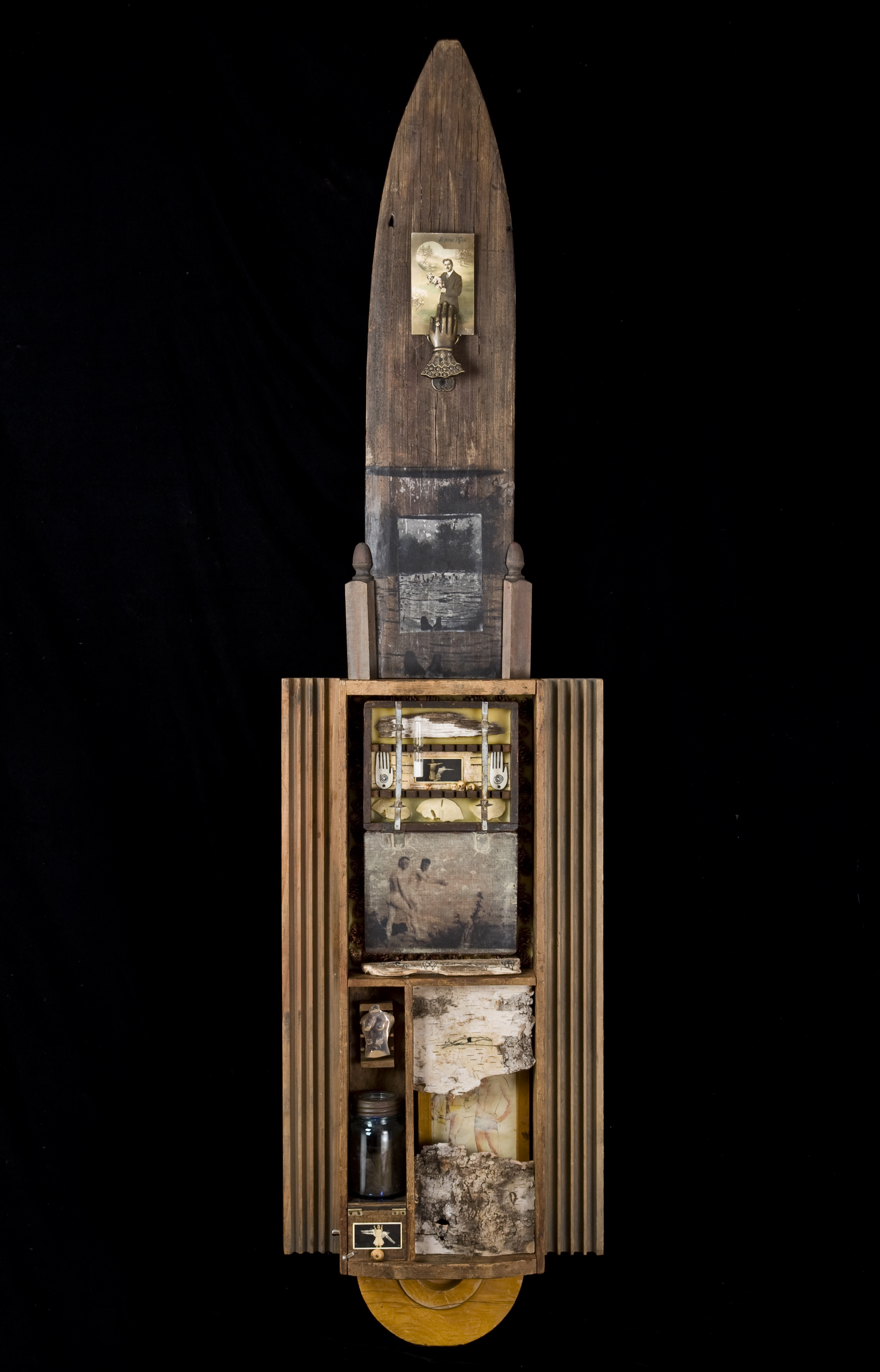








Like many people of my generation, my first exposure to Walt Whitman’s poetry was in high school English classes covering American Literature where we read “Song of Myself” or “The Body Electric”. Of course, in the 1970’s, no mention was ever made of Whitman’s homosexuality or of the overt homoeroticism in many sections of “Leaves of Grass”. There was no discussion of how these sections of the original unedited first edition caused such outrage when they were published that they were edited out of subsequent editions. (Oscar Wilde’s “A Picture of Dorian Grey” got the same heteronormative treatment in my high school English class as well, with no discussion of the homosexuality so central to the story!)
I became reacquainted with “Leaves of Grass” when I was given a copy of the unedited Calamus Poems (taken from the 1860 edition). This was in the mid 1990’s, just after the the height of the AIDS epidemic—a time when, like many gay men, I was experiencing a lot of loss and grief in my life. In my studio practice, I was looking for ways to respond to all that I was thinking, feeling, and experiencing. When I began reading these poems, I was struck by how hopeful, inclusive, and positive they are, and how Whitman expressed and celebrated man’s desire for his fellow man with such unabashed eroticism, heartfelt emotion, and joy. He also made room for sadness, longing, and grief. He calls for all men to love each other openly and freely and to use this affection to heal the country and make us all whole again. This was an idea that I needed to hear at that particular time in my life.
As I kept reading and rereading these poems, I found myself making notes, flagging pages, underlining phrases, and marking up the margins with pencil. I was struck by the beauty of the images that Whitman created through language. The poems are full of compassion and kindness, and they are just so gorgeous. They touched my heart at a time when I was feeling raw and overwhelmed with sadness and despair. They were a tonic for my grieving soul. They gave me hope.
I decided that I wanted to take the Calamus Poems into my studio and respond to the poems visually. I did not want to recreate the poems line for line, but instead, I wanted to have a conversation with these poems (and Walt) from the point of view of gay man in the 21st century having just lived through the epic loss and death brought on by the AIDS epidemic. I felt that because of Whitman’s time nursing the wounded and dying soldiers during the civil war that his experience resonated with the AIDS era when so many gay men were sick and dying.
Much of my work is based in collage and assemblage—mixed media combined with found objects and paper ephemera. I spend a fair amount of time scavenging for materials at flea markets, estate sales, thrift stores, antique malls, garage sales, and eBay. I have a collection of vintage photographs and tintypes of men in pairs or groups in which the men are showing each other physical affection in the images—such as holding hands, hugging, heads leaning on shoulders, arms draped over shoulders & necks, etc. I began with these vintage photographs as my starting point for my series, “Whitman’s Men”. Many of these vintage images have been scanned and then digitally altered and reprinted on various kinds of paper. I then combined these with found objects and other vintage paper ephemera to create a series of visual poems or “Calamus shrines” housed in vintage boxes. These pieces became a way for me to address the loss & grief I had experienced due to the AIDS epidemic, as well as a way to restore hope and my faith in mankind.









